Wes Anderson: The Archives at the Design Museum

Wes Anderson’s work is characterised by intriguing characters, unique storylines and arresting visuals, all brought to life by a meticulous attention to detail. In Wes Anderson: The Archives, co-curators Lucia Savi and Johanna Agerman encapsulate 30 years of filmmaking, from Anderson’s first short film Bottle Rocket (1993) to his latest The Phoenician Scheme (2025).
Each of the exhibition’s 14 sections is dedicated to one of Anderson’s movies, laid out in chronological order so one can observe how his career, and particularly his process, evolved. It aims to investigate the film-making techniques that went into crafting Anderson’s fictional worlds, a journey told through over 700 objects, many taken from Anderson’s own archives and never before seen by the public. These range from the personal, polaroids and handwritten notebooks, to the technical, storyboards and character sketches, to thrillingly recognisable costumes, props and set pieces.
The exhibition draws the viewer’s attention to the connections between the objects. Iconic costumes such as the red tracksuits worn in The Royal Tenenbaums or the striking purple concierge uniform worn from The Grand Budapest Hotel are displayed next to the sketches they originated from. Anderson’s storyboards gradually change from pencilled sketches to animatics featuring his own voice. Throughout, the exhibition features clips from the features themselves, and in one case, music from the soundtrack of The Life Aquatic With Steve Zissou, allowing us to see how the finished product compares to the work that went into it. Curator Savi commented that the exhibition’s curatorial aim was to strike a delicate balance between what is in the films and what is hidden, and it does this masterfully.
The identical layout of the sections becomes slightly repetitive and predictable about midway through the exhibition, and yet each room captures the tone and mood of its movie with a precision that is wonderfully immersive. Each title has its own set of codes, motifs and references that are instantly recognisable – entering a room, even those less familiar with Anderson’s work can tell which film is being honoured. Even the deep red colour of the walls evokes Anderson’s favoured colour palettes, creating the sense that one is stepping into one of his stories. The section on The French Dispatch, too, is dominated by the wall-length pink and orange murals seen in the “Concrete Masterpiece” segment of the narrative.
There’s a sense of charm and whimsy that comes from observing some of these props, particularly the plethora of stop-motion puppets of the fantastical sea creatures from The Life Aquatic With Steve Zissou and the animals of Fantastic Mr Fox and Isle of Dogs. The chance to peer into miniature models of set pieces, such as the candy-pink Great Budapest Hotel, the pastel vending machines from Asteroid City, and the Darjeeling Limited express, adds to the sense of immersion and tangibility.
More charming still were the props crafted for the fictional pieces that exist within the films, specially commissioned by Anderson: the Boy With Apple painting inherited by Gustave in The Grand Budapest Hotel, or the books written by characters in The Royal Tenenbaums or read by Suzy in Moonrise Kingdom. Carefully detailed fake newspapers, magazine covers and even fake autopsy reports and crime scene photos serve as testament to Anderson’s commitment to injecting authenticity into his fictional universes.
As a filmmaker, Anderson was preoccupied with the idea of stories within stories, as seen with the multiple framing devices in The Grand Budapest Hotel and Asteroid City. At its heart, the exhibition is a tribute to storytelling, and it embodies this through its thoughtful choices when it comes to the visitor experience, creating the impression of stories nested within stories and allowing us to inhabit and lose ourselves in Anderson’s unique, carefully crafted worlds.
Shehrazade Zafar-Arif
Photo: Matt Alexander/PA Media Assignments
Wes Anderson: The Archives is at the Design Museum from 21st November 2025 until 26th July 2026. For further information or to book, visit the exhibition’s website here.


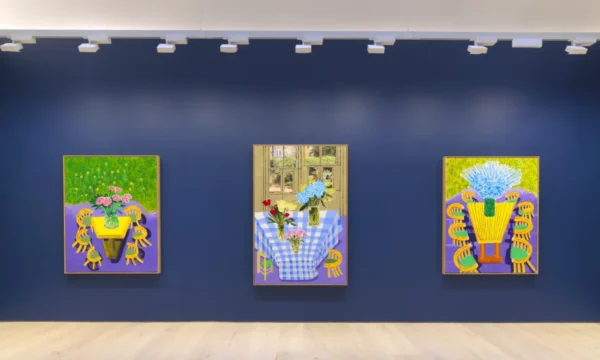
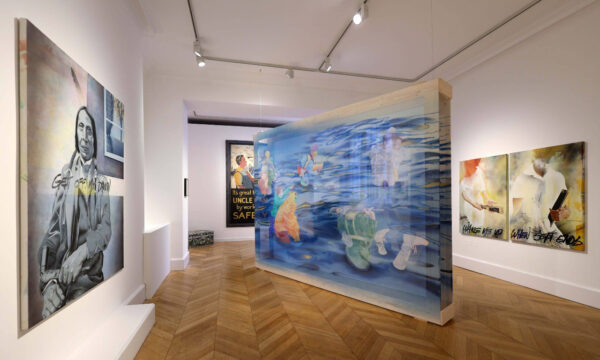
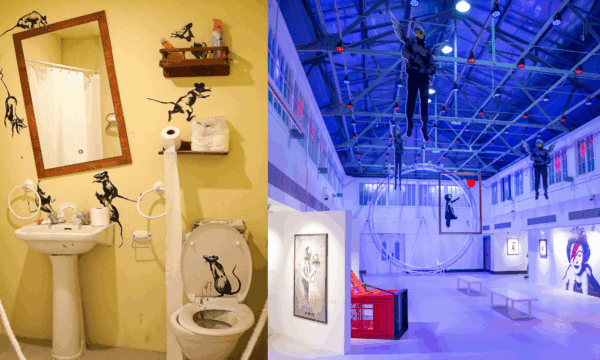
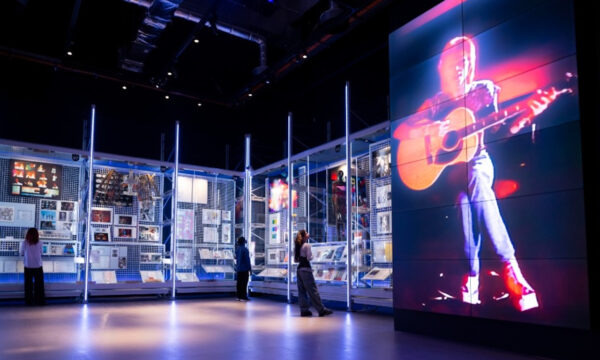
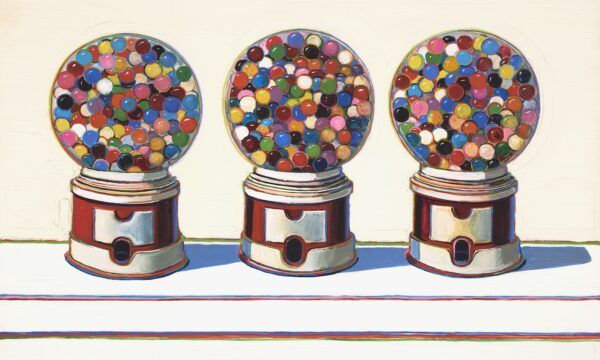
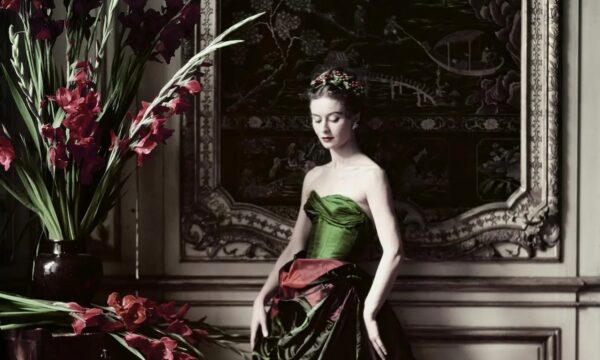



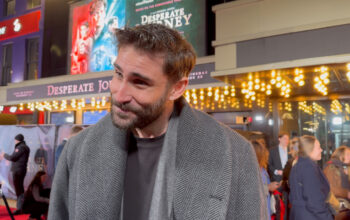




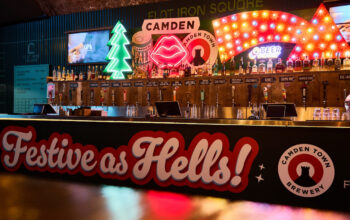








Facebook
Twitter
Instagram
YouTube
RSS